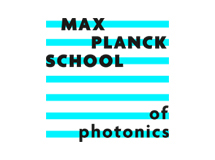One of our main goals in the therapy space is the establishment of bisacylphosphane oxides (BAPOs) for photolatent cancer therapy. BAPOs are traditionally used as cheap photoinitiators in industry. Upon activation with visible light, they produce free radicals to start polymerization.
Free radicals are, however, also fascinating form a therapeutic perspective: They induce oxidative stress in cells, triggering cell death. Indeed, we showed in a pilot study that various BAPO compounds are completely non-toxic before activation. Cells internalize them but are not affected by them (a key difference to currently used compounds, which exhibit quite severs side effects). Only upon activation with visible light, cytotoxicity is induced: The inactive BAPOs are cleaved, creating free radicals, rapidly killing the cells. Building on these encouraging results, we optimize BAPOs, making them candidates for clinical application: For example, we maximize radical production after activation, develop novel light guides for tailored activation deep in tissue, and enable preferential targeting to cancerous tissue, further minimizing side effects.
Here you can find our pilot study that established BAPOs as potential photolatent therapeutics:
Bisacylphosphane oxides as photo-latent cytotoxic agents and potential photo-latent anticancer drugs
Contact
Möckl Research Group
MPI for the Science of Light
Staudtstr. 2
91058 Erlangen, Germany






